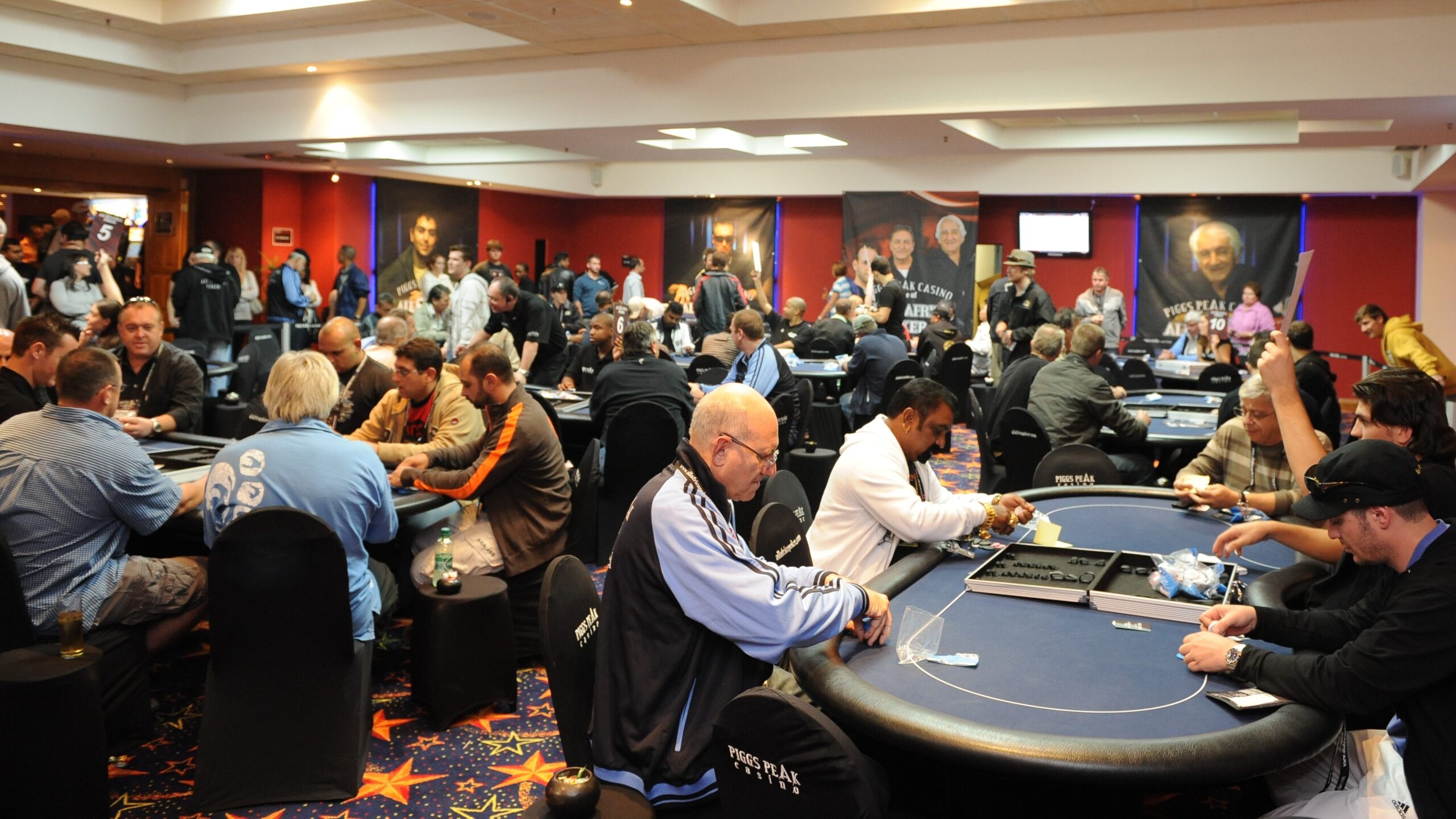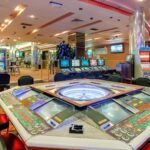Let’s start simple. You know when you’re playing poker and the house takes a small piece of the pot? That little “cut” is what we call the rake. It’s how poker rooms make money.
But here’s the kicker: not all rakes are created equal, especially if you’re in South Africa.
What Is a Rake, Really?
A rake is essentially a service fee that poker rooms take in exchange for providing the platform and all the amenities necessary for playing the game. Think about it like the cost you pay for access to a well-run event. Just like any business, poker rooms have to cover their operating expenses. They need to pay for staff, maintain the venue, invest in technology, ensure the security of the games, and often even offer refreshments to players. So, they charge a small portion of each pot or event fee, ensuring the business stays afloat while continuing to offer a smooth and secure environment for players. Without the rake, there wouldn’t be any incentive for poker rooms to exist, as they wouldn’t be able to sustain their operations.
Typically, the rake is taken from the pot of each hand played. A percentage of the pot is collected by the poker room, but it’s often capped at a certain amount to prevent the rake from becoming excessively high. In addition to this, some rooms may charge a timed fee, which means you pay a set amount for each hour you sit at the table, regardless of how many hands you play. This system is common in higher-stakes games where the room expects players to engage for long sessions. Another variation is the tournament entry fee, often referred to as an “admin fee,” which is a one-time charge for entering a tournament, separate from the buy-in amount.
Poker rooms have a lot of flexibility when it comes to determining their rake structures. Some rooms may adjust their rake based on the stakes being played, offering lower rakes for smaller games and higher rakes for bigger pots. Others may charge flat rates for certain events or games. The idea behind these variations is to balance profitability for the poker room while keeping the games attractive for players. Too high a rake, and players will feel they’re losing too much of their winnings to the house. Too low a rake, and the poker room won’t cover its costs, making it difficult to provide the experience players expect.
In South Africa, the differences in rake structures can be even more noticeable, as various regions have different regulations and operating conditions. Poker rooms in more competitive, high-traffic areas might offer lower rake rates to attract players, while those in smaller towns or with less competition might raise the rake to maintain profitability. Local taxes, venue costs, and the type of poker being played also influence how much rake is taken. Ultimately, the structure chosen by each room is a delicate balance, aiming to maximize both player satisfaction and business success.
Unique Gaming Laws Across Provinces
South Africa is divided into nine provinces, each with the authority to create its own rules and regulations when it comes to gambling. This decentralized approach results in a diverse and complex legal landscape, which directly impacts how poker rooms operate across the country. These regional differences create a patchwork of gambling laws that vary significantly from one province to another. Let’s take a closer look at how this affects the gaming experience:
- Varying tax rates: Each province has its own approach to taxing gambling winnings and revenues. This means that poker players in different provinces could be subject to different tax rates on their poker income, which can affect the profitability of the games in those regions. Higher taxes in one province may make poker rooms raise their rake to cover the additional costs, while lower taxes in another region might allow rooms to keep their rake more reasonable.
- Different licensing costs: To operate legally, poker rooms must obtain licenses from provincial authorities. The cost of these licenses can vary dramatically depending on the province. Some areas, like Gauteng and the Western Cape, are known to have a more developed and regulated gambling industry, with higher licensing costs that could increase the overhead for poker rooms. On the other hand, provinces with fewer regulations may have lower licensing fees, which can allow poker rooms to pass on savings to players through reduced rake.
- Fluctuating enforcement levels: The level of enforcement of gambling laws also differs across provinces. In some areas, authorities strictly monitor and enforce gambling regulations, ensuring that poker rooms operate within legal boundaries. However, in other provinces, enforcement may be more relaxed or less consistent, leading to a different gaming environment. A poker room operating in an area with lax enforcement might take on more risk or avoid certain regulatory requirements, which could impact their rake structure.
- Provincial restrictions on online poker: Some provinces may have stricter regulations on online poker rooms than others, limiting the ability of operators to offer online games or tournaments. These differences can lead to a variety of online poker offerings across provinces, with some areas having more competitive or diverse poker environments, while others may see limited options for players. Provinces that restrict online gaming could see local poker rooms charging higher rakes to offset the lack of online opportunities for players.
- Differences in game offerings: Not all provinces may allow the same types of poker games or gambling formats. While some may offer a variety of poker options, including both traditional cash games and tournament play, others may limit certain games or even prohibit specific types of poker altogether. The available games and their popularity in each province could affect how poker rooms set their rake, as they will adjust fees based on the types of games in demand.
- Regional variations in player demand: The cultural acceptance and popularity of poker can differ from one province to another. In some regions, poker might be a beloved pastime with a thriving community, while in others, gambling may not be as widely embraced. Provinces with higher demand for poker games will likely have more poker rooms and greater competition, which can lead to more favorable rake structures for players as rooms compete for business. In contrast, less competitive areas may see higher rake charges due to limited options.
The Cost of Operating a Poker Room in South Africa
| Expense | Description | Example Cost | Details | Why It Affects Rake |
| Staff Salaries | Salaries for dealers, floor managers, security | R50,000–R150,000/month | Staff play a crucial role in ensuring smooth game operations, safety, and security. | High staff costs lead to higher rake to cover salaries. |
| Venue Rental | Space rental, utilities, and location fees | R40,000–R100,000/month | Prime locations for poker rooms, especially in urban areas, are expensive to rent. | Expensive rent increases operational costs, impacting rake. |
| Equipment | Tables, chairs, cards, chips, technology | R20,000–R50,000 upfront | Poker rooms need specialized equipment to host games properly. | Initial equipment costs are a one-time investment but affect pricing models. |
| Licensing Fees | Government fees and taxes | R10,000–R200,000 annually | To legally operate, poker rooms must secure a license, which comes with annual fees. | High licensing fees force rooms to adjust rake to maintain profitability. |
| Marketing | Promotions, advertising, sponsorships | R5,000–R20,000/month | Marketing helps attract new players and build brand awareness. | Marketing expenses contribute to the overall cost, which can increase rake. |
Market Competition Shapes Rake Structures
In the poker industry, competition plays a major role in determining the rake structure. Think of it like any other market—when there’s more competition, businesses are often forced to lower their prices to stay competitive. Poker rooms are no different. In big cities like Johannesburg and Cape Town, where the number of poker rooms is high, operators have to work harder to attract and retain players. In these competitive markets, poker rooms often lower their rake to make their offerings more appealing. They know that players have plenty of options, so keeping rake low can help ensure they don’t lose customers to a nearby poker room offering a better deal.
To further sweeten the deal, some poker rooms offer rake-back deals, which are essentially a way for players to get some of the rake money they’ve spent back. It’s like a reward for being a loyal customer, and it’s a great way to keep players coming back. These rake-back deals can be a powerful tool for poker rooms in cities where players are constantly comparing the value they’re getting from different rooms. When players know they’ll get part of their rake back, they’re more likely to return and play more frequently, even if the rake is slightly higher than other places.
However, in smaller cities like Bloemfontein or Polokwane, the dynamics are different. The number of poker rooms in these areas is far fewer, meaning that the competition is less intense. Poker rooms in these areas can afford to keep their rake slightly higher without the fear of losing customers. With fewer options available, players are more likely to settle for what’s available, even if the rake is a little steeper. In these regions, poker rooms don’t have to offer as many promotions or lower rakes to entice players, which results in a more consistent (and often higher) rake structure.
This variation in rake pricing based on market competition reflects the broader business principle of supply and demand. In places with a high concentration of poker rooms, operators must lower their rake and offer promotions to stay relevant in the market. In quieter areas with fewer players and poker rooms, there’s less pressure to lower rake, and operators can charge slightly higher fees. The balance between competition, player demand, and regional market conditions all shape the final rake structure players encounter at different poker rooms across South Africa.
Player Demographics and Rake Sensitivity
Not all poker players are the same, and their approach to the game varies significantly. Some are casual players, while others are hardcore grinders. These differences have a direct impact on how much rake poker rooms charge, and how sensitive players are to it.
- Grinders (Hardcore Players):
- Play multiple hands every day.
- Focus on long-term profit and bankroll growth.
- Highly sensitive to rake, as even a small difference in rake percentage can significantly affect their profits over time.
- Often calculate the rake impact on each hand they play, looking for the most favorable conditions to maximize their return.
- Usually found in larger poker hubs where action is constant and the competition is fierce.
- Casual Players:
- Play for fun, relaxation, and socializing rather than to make money.
- Not as concerned with the rake, as they are less likely to track it hand by hand.
- More focused on the experience – having fun, enjoying the drinks, and engaging in friendly competition.
- Typically play fewer hands and might not notice or be bothered by the rake structure.
- Often found in poker rooms in smaller cities or more casual environments where the competition is not as intense.
Different Types of Poker Games Influence Rake
| Poker Game | Pot Size Dynamics | Rake Structure Impact | Common Rake Adjustments | Reason for Adjustments |
| Texas Hold’em | Pots tend to grow steadily and predictably | Standard rake percentages | 5-10% rake on average pots | Established format with steady pot sizes, typical rake percentages. |
| Omaha | Pots grow faster due to more betting action and more hands in play | Lower percentage rake | Often a lower rake percentage or capped rake | Larger pots are common, so rooms take a smaller percentage to avoid discouraging action. |
| Short Deck | High variance, smaller deck, and more action | Capped rake | Capped rake for each hand, regardless of pot size | Increased variance means larger swings, so capped rake helps maintain player engagement. |
| Mixed Games | Combination of different formats with varied pot sizes and dynamics | Variable rake | Rake adjusted based on game format played (e.g., Hold’em vs. Omaha) | Different formats mean different strategies and pot sizes, requiring flexible rake structures. |
Currency Exchange Rate Pressure
The South African Rand (ZAR) is known for its volatility compared to more stable currencies like the US Dollar (USD) or the Euro (EUR). This fluctuation presents a unique challenge for poker rooms in South Africa, especially those that have international ties. Some poker rooms run partnerships or host satellite events that are linked to major international tournaments. These connections often require dealing in foreign currencies, and when the Rand experiences a significant dip, it can create unforeseen financial pressures on the poker room’s bottom line.
When the Rand weakens, the operational costs of running a poker room in South Africa can rise dramatically when calculated against foreign currencies. Expenses such as licensing fees, international marketing campaigns, and partnerships with overseas casinos or tournament organizers are often priced in USD or EUR. This means that when the value of the Rand drops, these costs become more expensive in local terms, which can place a strain on the poker room’s budget.
To stay profitable, many poker rooms adjust their rake structures to balance the increased costs caused by currency fluctuations. For instance, they may increase the rake slightly to offset the added financial burden caused by a weaker Rand. This is similar to a business in any sector raising prices to maintain profit margins when their operational costs rise. While this helps poker rooms stay afloat during periods of currency instability, it can also affect the players, especially if the rake increases too significantly, which might lead to dissatisfaction.
It’s like trying to keep up with a treadmill that speeds up or slows down unexpectedly. When the exchange rate is unstable, poker rooms are constantly adapting to ensure they’re not losing money. However, this volatility can be tricky for both players and operators, as it creates an unpredictable environment where poker rooms must carefully consider when and how to tweak their rake structures without losing their player base.



